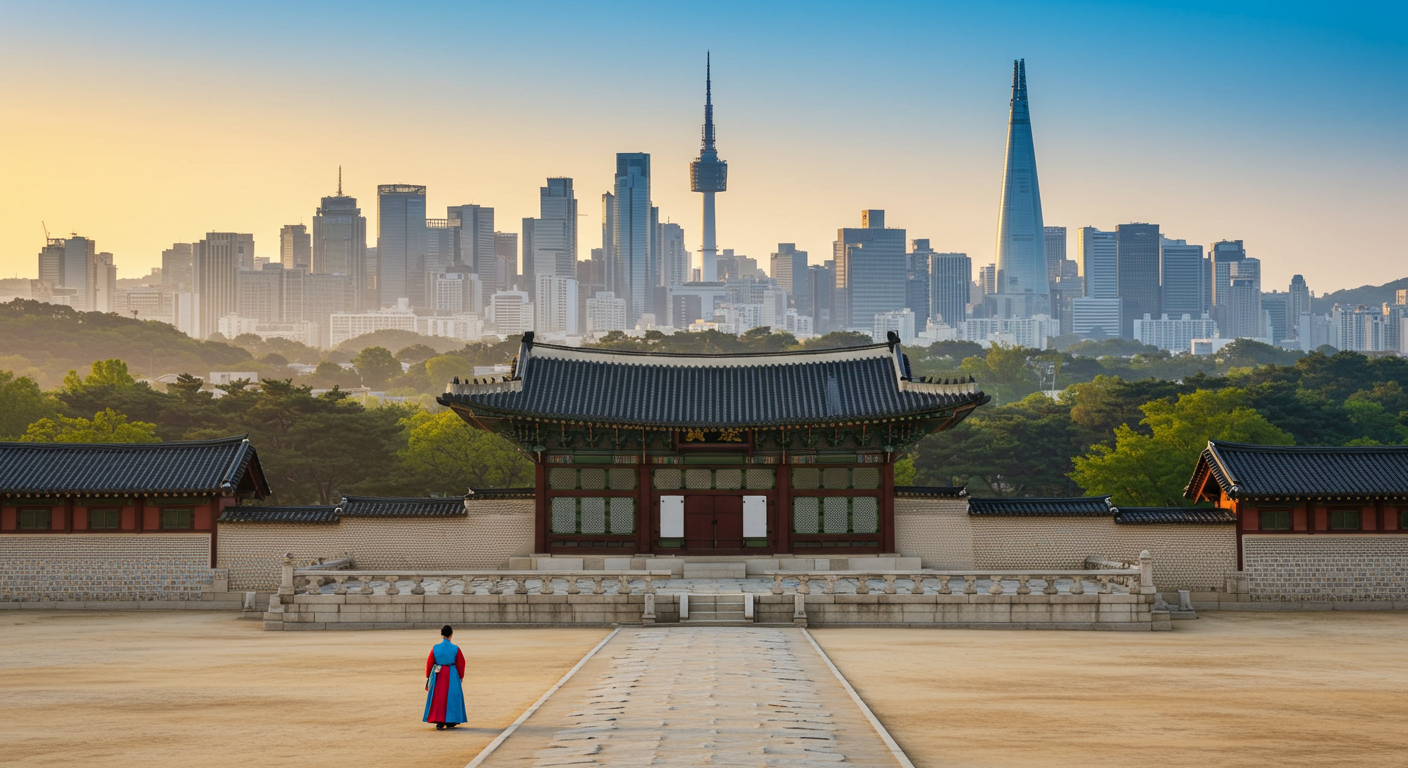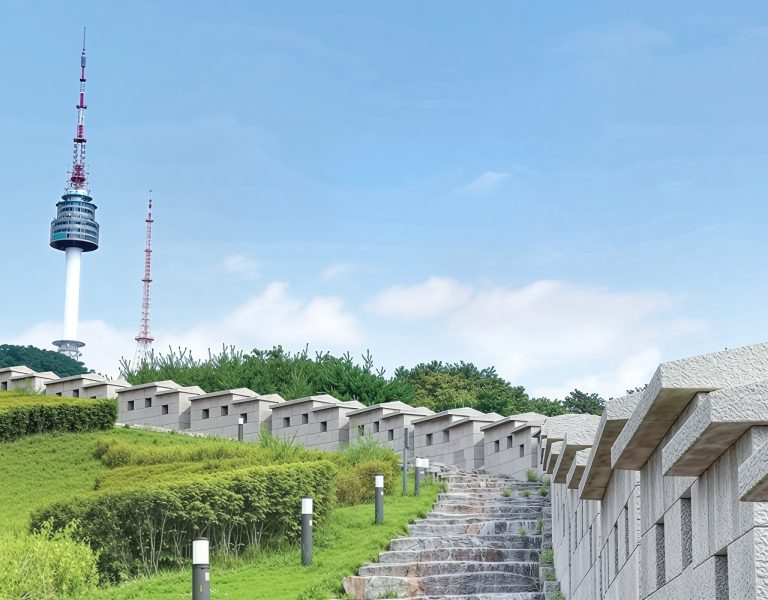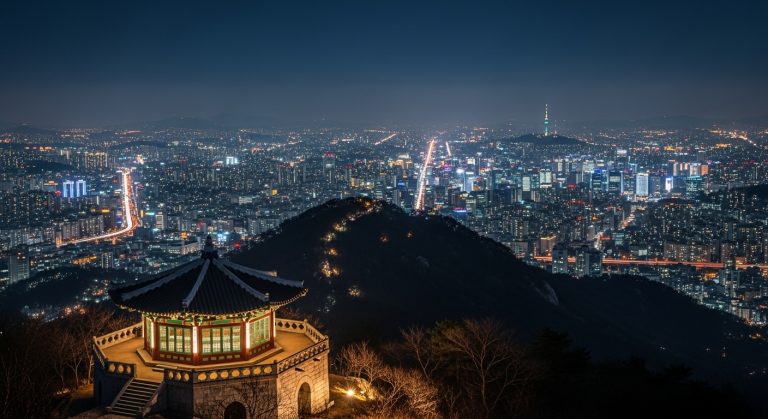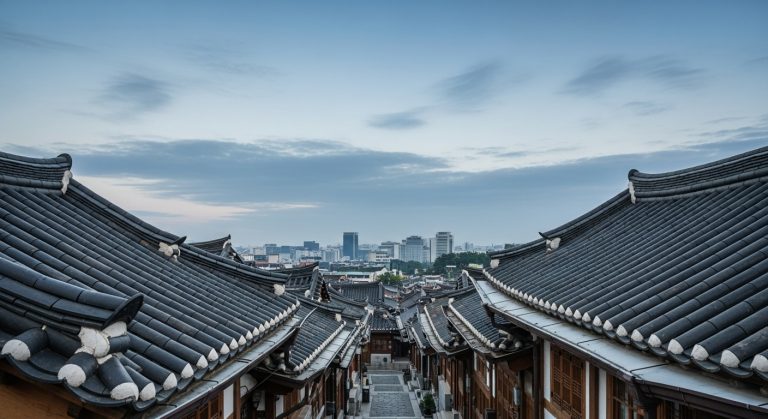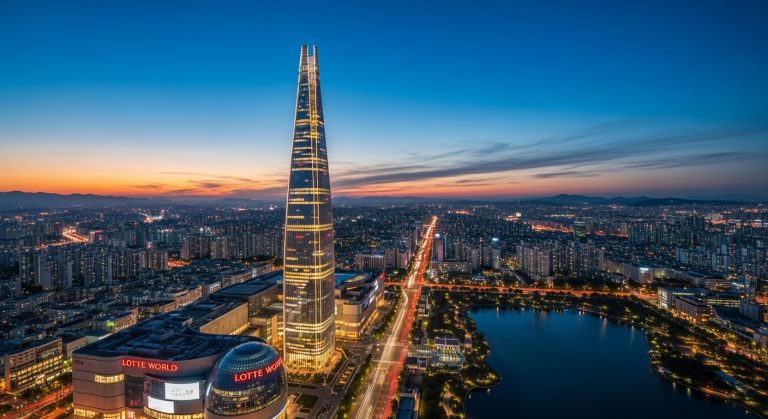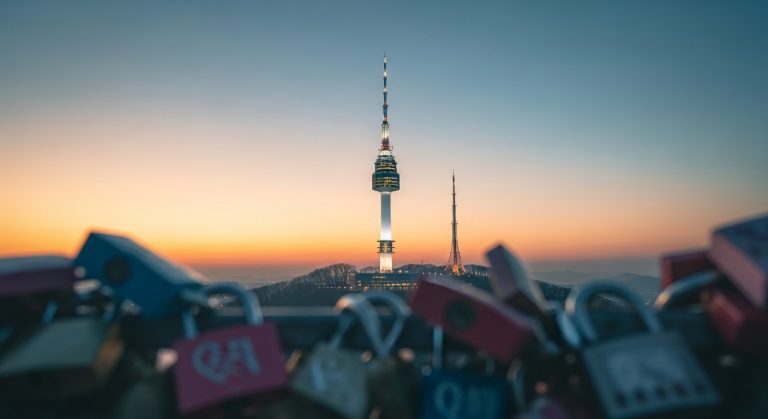Planning Your Visit to Seoul Museum of Art (Seosomun): Hours, Fees, and Top Tips

Discover the Seoul Museum of Art’s main branch, a fascinating blend of Renaissance architecture and modern design that was once Korea’s Supreme Court. Get detailed visitor info, explore the history, and uncover its world-class contemporary collections. Plan your perfect SeMA visit today!
Have you ever walked down a street and suddenly felt transported to a completely different era? I know I have, and that’s exactly the feeling I get every single time I approach the Seoul Museum of Art (SeMA) Seosomun Main Branch. It’s not just another art museum; it’s a living piece of history, an architectural marvel, and a vibrant hub for contemporary creativity, all rolled into one incredible location.
For many of us, navigating a major city’s flagship museum can feel overwhelming, right? We worry about opening hours, what’s free, where to park, and if the exhibitions are really worth the trip. That’s why I put together this comprehensive guide—to strip away the stress and help you dive headfirst into the inspiring world of SeMA, located right in the historical heart of Jeong-dong, near Deoksugung Palace. Let’s make your next art journey absolutely perfect! 😊
1. The Storied Walls: History and Architectural Blending
The history of the Seosomun Main Branch is arguably as captivating as the art it houses. When you first see the building, you’ll immediately notice its stunning facade, a masterpiece of Renaissance architecture. This front section isn’t new; it’s the preserved facade of the former Supreme Court of Korea, originally built in 1928 during the Japanese colonial period as the Gyeongseong Courthouse.
But the story goes back even further! Before the courthouse stood there, the site was home to Korea’s first modern judicial institution, the Pyeongniwon (Hanseong Courthouse). So, when you stand in front of SeMA, you’re looking at a place that has been central to Korean justice and history for over a century.
In 2002, the site was beautifully renovated and reopened as the Seoul Museum of Art. What makes the architecture so unique is the seamless and thoughtful harmony between the majestic, historical facade and the newly constructed modern building behind it, which is linked by a beautiful, light-filled glass pathway. This transition from old to new, from stone and history to glass and light, is breathtaking and perfectly symbolizes the museum’s role as a bridge between Korea’s past and its vibrant contemporary art scene.
Pay special attention to the mediating space between the old facade and the new lobby. It features a glass ceiling, allowing natural light to flood the area. This design is intentional, aiming to express the difference between the 1900s (the old building’s era) and the 2000s (the new building’s era) through the light itself. It’s a fantastic spot for photos!
2. The Core of Contemporary Art: SeMA’s Collection and Focus
If you’re a fan of contemporary art, SeMA is your place to be. The museum actively focuses on showcasing a blend of international and domestic works, with a strong emphasis on pieces created since the 1990s. In fact, approximately 60% of SeMA’s total collection is comprised of contemporary art from the 1990s and 2000s, reflecting the museum’s mission to connect with modern discourses.
Beyond Korean contemporary artists, SeMA is famous for hosting large-scale, world-renowned exhibitions. Think major names like Chagall, Picasso, Matisse, and Van Gogh—yes, these incredible works have all graced the halls of SeMA, making it one of the most beloved art institutions in Korea. They strike a fantastic balance between high professionalism and broad public appeal, ensuring there’s something to inspire every visitor.
- Focus: Contemporary Korean Art (1990s and 2000s)
- Goal: To establish an identity as the driving force of Korean modern art
- The main branch is one of a constellation of seven art spaces in Seoul.
- Other key branches include SeMA Buk-Seoul and SeMA Nam-Seoul.
Exhibition Spaces and Internal Features
The main exhibition space is the First Floor Exhibition Gallery (F1). It’s the largest of all SeMA’s galleries, spanning an impressive 1,180㎡ with a 4.5-meter-high ceiling. What I love about this space is its flexibility; it uses modular tracks and partition walls, which allows the museum to constantly redefine the space for diverse special exhibitions. The achromatic colors of the floor also ensure that the focus remains entirely on the artwork.
3. The Practical Details: Planning Your SeMA Seosomun Visit
To truly enjoy SeMA without any last-minute surprises, you need to know the essentials. Here is the breakdown of the most important practical information. Pay close attention, especially to the opening hours, as they change slightly between seasons and days!
SeMA Seosomun Main Branch Visitor Overview
| Category | Detail |
|---|---|
| Location | 61, Deoksugung-gil, Jung-gu, Seoul (Near City Hall Station) |
| Admission Fee | Free for general exhibitions; special exhibitions may have a fee |
| Closed Days | Every Monday and New Year’s Day (Jan 1) |
| “Culture Day” | The last Wednesday of every month, museum is open late until 22:00 (10 PM) |
Seasonal Operating Hours (Remember: Last admission is 1 hour before closing!)
- High Season (March – October):
Tuesdays to Thursdays: 10:00 AM – 8:00 PM
Fridays (Seoul Culture Night): 10:00 AM – 9:00 PM
Weekends & Public Holidays: 10:00 AM – 7:00 PM - Low Season (November – February):
Tuesdays to Fridays: 10:00 AM – 8:00 PM
Weekends & Public Holidays: 10:00 AM – 6:00 PM
I cannot stress this enough: The museum’s parking facilities are very small and extremely limited. They are primarily reserved for art transportation and business vehicles. You should use public transportation whenever possible to avoid frustration.
4. The Full Experience: Gardens, Cafés, and Accessibility
A visit to SeMA is more than just viewing the art within the halls; it’s an immersive cultural experience that extends to the building’s surrounds and public spaces. They’ve done a fantastic job of integrating art into areas you might not expect.
The Serene Outdoor Sculpture Park
As you approach the museum via the sloping path along Deoksugung-gil, you’ll encounter a beautiful outdoor garden and sculpture park. This area is designed to be highly accessible and open, with no walls, allowing you to enjoy the old trees and various sculptural works even if you’re just passing by. It’s a wonderful place for a peaceful moment of artistic reflection, surrounded by centuries-old trees.
Visitor Comfort and Accessibility
I’m always happy when a museum is genuinely concerned with visitor comfort and accessibility, and SeMA definitely delivers here. For families, there’s a Kids Room and Nursing Room on the first floor, which is a total lifesaver for parents with toddlers. For everyone, the SeMA CAFE+ on the east side of the first floor offers a great spot to relax, grab a snack, or just process the exhibitions you’ve just seen.
The building itself is highly accommodating for everyone. It features accessible restrooms, parking, pathways, and elevators. If you need assistance, wheelchair and stroller rentals are also available at the information desk. The dedication to making art accessible to all ages and abilities is truly commendable!
SeMA has always aimed to be a communicative and participatory museum, moving beyond simply “seeing” art. One popular past program, ‘Artist’s Lunch Box,’ provided a unique opportunity for audience members to share lunch with the exhibiting artists and discuss the artwork in an intimate setting. This is a great example of the museum’s commitment to continuous dialogue with the public.
5. Looking Ahead: SeMA’s Evolving Role in Seoul
The Seoul Museum of Art is not standing still; it’s a dynamic institution that is constantly expanding its reach across the city. The main branch is the flagship, but SeMA is evolving into a comprehensive “multi-center network” designed to respond to the flow of contemporary art.
New branches are opening or planned, each with a unique specialty. For instance, the Seoul Museum of Photography is scheduled to open soon, focusing on exhibitions based on photography and video. Additionally, the Seo-Seoul Museum of Art is under construction, intended to highlight new media and convergence art. This whole network approach means SeMA is truly committed to providing art experiences tailored to every part of Seoul and every type of art lover.
Final Thoughts: A Truly Public Art Space
My hope is that this guide helps you feel confident and excited about your upcoming visit to the Seoul Museum of Art. It truly is a remarkable institution—a historical landmark, an architectural gem, and a cornerstone of contemporary art in Korea. The fact that general exhibitions are often free speaks volumes about the museum’s mission to be a space where everyone can meet and experience the joy of art, regardless of background.
Take your time, enjoy the blend of old and new, and let the art inspire you. Whether you’re a seasoned art critic or just looking for a beautiful place to spend an afternoon in Seoul, SeMA has a place for you. Go forth, explore the wonders of SeMA, and don’t forget to take a stroll along the picturesque Deoksugung Doldam-gil nearby! Happy exploring! 😄
